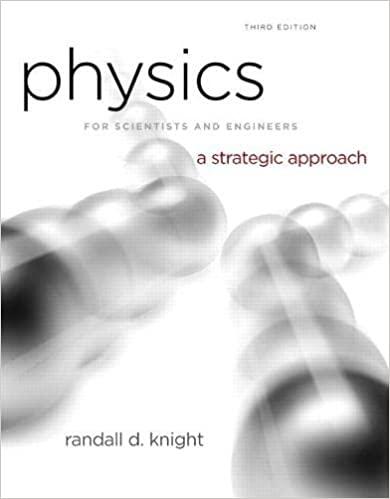The broadcast antenna of an AM radio station is located at the edge of town. The station
Question:
The broadcast antenna of an AM radio station is located at the edge of town. The station owners would like to beam all of the energy into town and none into the countryside, but a single antenna radiates energy equally in all directions. Figure CP21.80 shows two parallel antennas separated by distance L. Both antennas broadcast a signal at wavelength l, but antenna 2 can delay its broadcast relative to antenna 1 by a time interval Δt in order to create a phase difference ΔΦ0 between the sources. Your task is to find values of L and Δt such that the waves interfere constructively on the town side and destructively on the country side.
Let antenna 1 be at x = 0. The wave that travels to the right is asin[2π(x/λ – t/T)]. The left wave is a sin[2π(–x/λ – t/T)]. (It must be this, rather than a sin[2π(x/λ + t/T)], so that the two waves match at x = 0. ) Antenna 2 is at x = L. It broadcasts wave a sin[2π((x – L)/λ – t/T) + Φ20] to the right and wave a sin[2π(–(x - L)/λ – t/T) + Φ20] to the left.
a. What is the smallest value of L for which you can create perfect constructive interference on the town side and perfect destructive interference on the country side? Your answer will be a multiple or fraction of the wavelength λ .
b. What phase constant Φ20 of antenna 2 is needed?
c. What fraction of the oscillation period T must Δt be to produce the proper value of Φ20?
d. Evaluate both L and Δt for the realistic AM radio frequency of 1000 KHz.
Step by Step Answer:

Physics For Scientists And Engineers A Strategic Approach With Modern Physics
ISBN: 9780321740908
3rd Edition
Authors: Randall D. Knight





